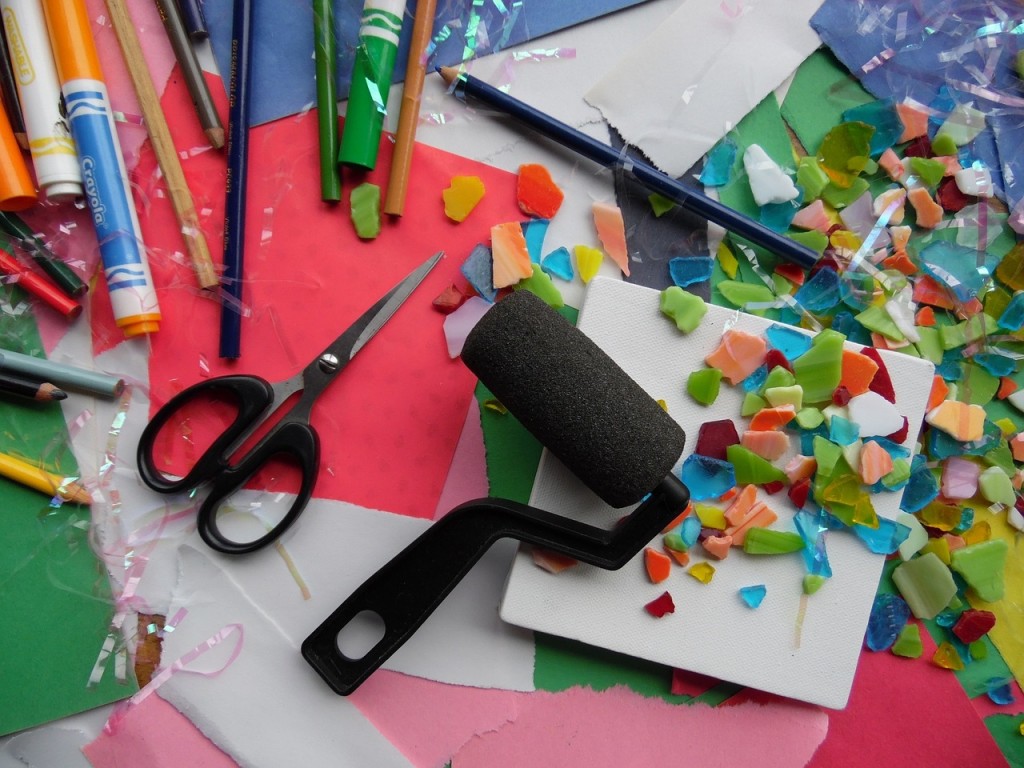How to Foster Creativity & Innovations in the K-12 Classroom
When you’ve developed a project or activity that is meant to inspire creativity among your students, how often have you been truly happy with the results?
Perhaps for you, often. For me, I’ve struggled in the past.
My concept of creativity is more developed than that of the students. I’ve spent a lifetime working on my concept of creativity, and I’m lucky enough to be someone who has been labeled as “creative.”
Being labeled led me to develop creative thought to the point where (I didn’t quite get this concept yet) I understood how to innovate.
To this day, I’m surrounded by educators and students who think they are not creative. Unfortunately, no one ever made it clear to them that creativity and the ability to innovate are not like eye color and rolling your tongue. Sadly, belief in the validity of “learning styles” and “multiple intelligences” in the education field have led many educators to believe that creative abilities are randomly assigned.
Creative people, like me, were lucky enough to be given a playground in which to play and the confidence to fool around.
But that isn’t good enough to make creativity educationally relevant or even useful for society as a whole. The playground needs a fence. The playground needs rules.
That’s innovation.
No “creative” activity in our classrooms is relevant without a curricular direction (authenticity) and a fence (innovation).
So, when I ask students to make a poster that categorizes the major points of the Declaration of Independence in a new way, the majority of student time shouldn’t be spent on drawing stars, flags, or fireworks. And, more importantly, the students should not expect that “creativity points” will be given for their decorations.
I find that integrating creativity and innovation can be made easier for educators by starting simple. If you think about the structure of your classroom objective, you could be off to a good start:

So, I’ve asked students to make a game (board or pretend video game). How many students would freeze in terror when asked to make a game from scratch? How many would create an incredibly cool game that had little to do with course content? How many would make a game where you had to answer knowledge-based questions in order to win?
An example of the above objective could be:
- make a game
- that helps the player understand the solar system
- based on the design of Monopoly
Obviously, there is more to my lesson plan, but we’re off to a solid start. In a similar example that I’ve used in an AP Human Geography course, I asked students to analyze MMORPGs (massively multiplayer online role-playing games) like World of Warcraft for the games’ rules and depictions of race and gender.
Then, I ask them to do this given a real-world MMORPG game as an example:

They don’t really modify the game digitally, they propose and support modifications to the game. Note: what makes the activity most valuable with respect to the promotion of critical thinking skills and real-world value is the “fence” I’ve built: no student project will have value unless the modified game retains “diversity, complexity, and player choice.” Who would play a game that didn’t have that?
This kind of practical thinking about creativity and innovation is a big part of my Eduspire course, Using Technology to Promote Creativity and Innovation. In the course, we look at ways in which teachers can immediately begin to integrate creativity and innovation into their classrooms regardless of level or content area.

